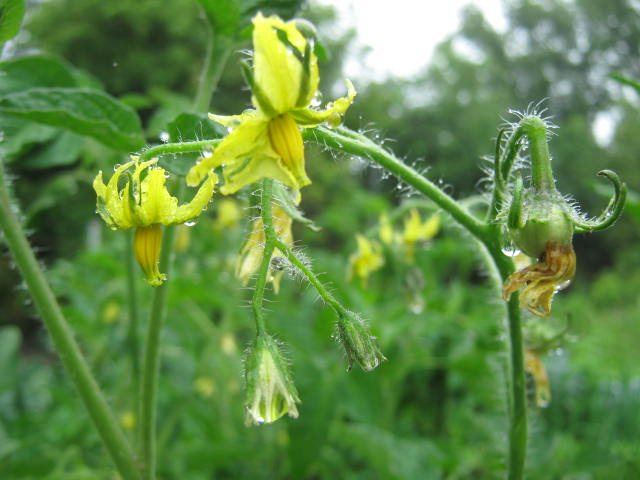If you see a rather large, black wasp with an iridescent blue tinge and brilliant orange ring on its body. Kill it quick! Spray it, swat it, stomp on it. It is the adult female of the peach tree borer.
This insect is not really a wasp, it just looks like one when you first glance at it. If you look closer at it you will see it doesn’t have that distinctive pinched body shape like a wasp.
A peach tree borer moth zooms quickly when it flies, very similar to a wasp. Most moths we see sort of bounce around when they fly, much like a butterfly. None of that lazy zig-zagging around for them. So actually, it won’t be very easy to stomp on them.
I spotted both male and female adults separately. Then a day or two later, I witnessed a pair mating. Unfortunately, I didn’t have my camera with me either time to get a photo for you to see.
It is not the adult that directly harms peach trees, it is the larval stage that does the damage. The adult female lays its eggs on the bark of the tree near the soil line.
Once the egg hatches, the tiny larvae start chewing their way into the inner back. There they feed and grow, burrowing their through the lower trunk of the tree. You can imagine how destructive this can be to a tree. The tree is either weakened so much that it becomes susceptible to other pests or it may, more likely, die outright from the damage.
Since the adults are mating and laying eggs right now, you may want to try using a preventative insecticide spray. Drenching the truck and lower branches with an approved insecticide may kill the newly hatched larvae before they have a chance to bore into the tree.
Once the borers are inside the tree, they are protected from sprays. At that point the best thing you can do is look for holes in the lower trunk made by the borers. Scrape away the bark and feeding debris. Be gentle, you don’t want to cause even more damage. Check the spot in about a week. The active areas will have new frass and other debris. That’s where the borers are living.
Make a vertical cut through the borer hole then poke a piece of thin wire into the feeding tunnel. If you’re lucky you’ll kill the borer. It’s a lot of fussing around but you may be able to save your tree.
There is another similar insect called the lesser peach tree borer that feeds higher up on the trunk. The adults look somewhat different but are just as destructive.
Bob



